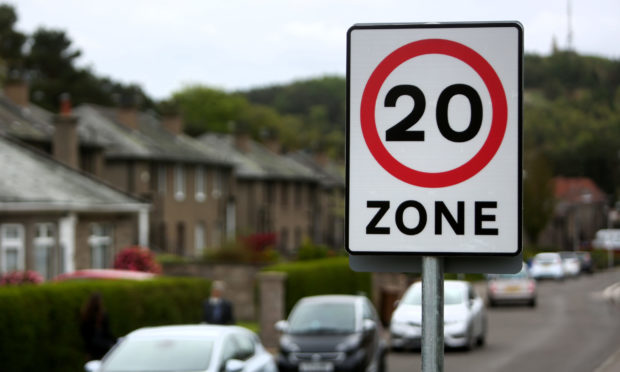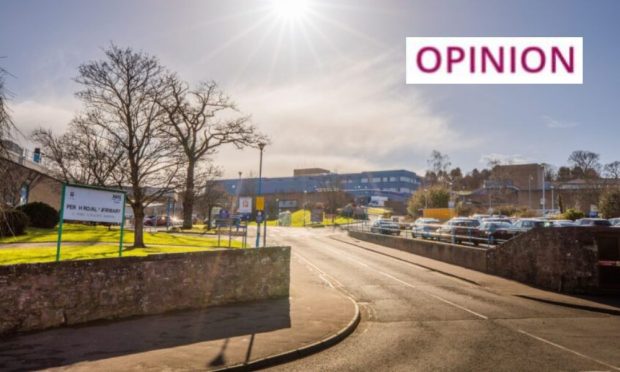The catchphrase on signs near schools is “twenty’s plenty”, and anybody with a sense of compassion agrees right away.
Protecting children needs to be top priority, so limiting speeds in places where children walk seems like a good idea.
Here’s another idea: let’s extend that compassion to people who aren’t children. Let’s find ways to make life less dangerous for everybody, so let’s slow down on the roads.
As we rediscover our lives post-lockdown and consider the parts of the “new normal” that might be worth keeping, more reduced-speed zones are being created.
On Friday, just in the Douglas area of Dundee, 47 streets became 20mph zones, thanks to £460,000 from the Scottish Government’s Spaces For People project.
There are more slowdown zones coming for Broughty Ferry, Perth Road and Fintry – and that’s just in Dundee. Spaces For People is creating more room to walk, and making cars less of a priority, in communities across Scotland.
There’s a problem, though: it’s temporary. Sooner or later – at least as the project is currently set up – the 20mph zones will be removed.
I can understand the limited nature of measures to reduce the threat of Covid-19 because, of course, we expect the pandemic to end eventually. But cars and other vehicles are a danger that isn’t going away anytime soon.
I’m sure it’s not news to anyone, but let’s also point out that, the faster the speed involved, the more serious the accident.
For example, the Royal Society for the Prevention of Accidents estimates that inappropriate speed contributes to 24% of crashes resulting in a death, which works out at about 200 fatalities per year.
Add to that the impact on neighbourhoods of fumes, noise and the like, and it’s obvious that slowing down is a good move.
Residents deserve this. A lower speed limit is the simplest, easiest way of improving their quality of life.
I know drivers find slow speeds frustrating and would prefer to reach their destinations faster.
But I’m arguing that we can all spare a few minutes to make our streets safer.
If “twenty’s plenty” outside a school, it’s a good idea where we live and play, too.
Think about it, and slow down.










